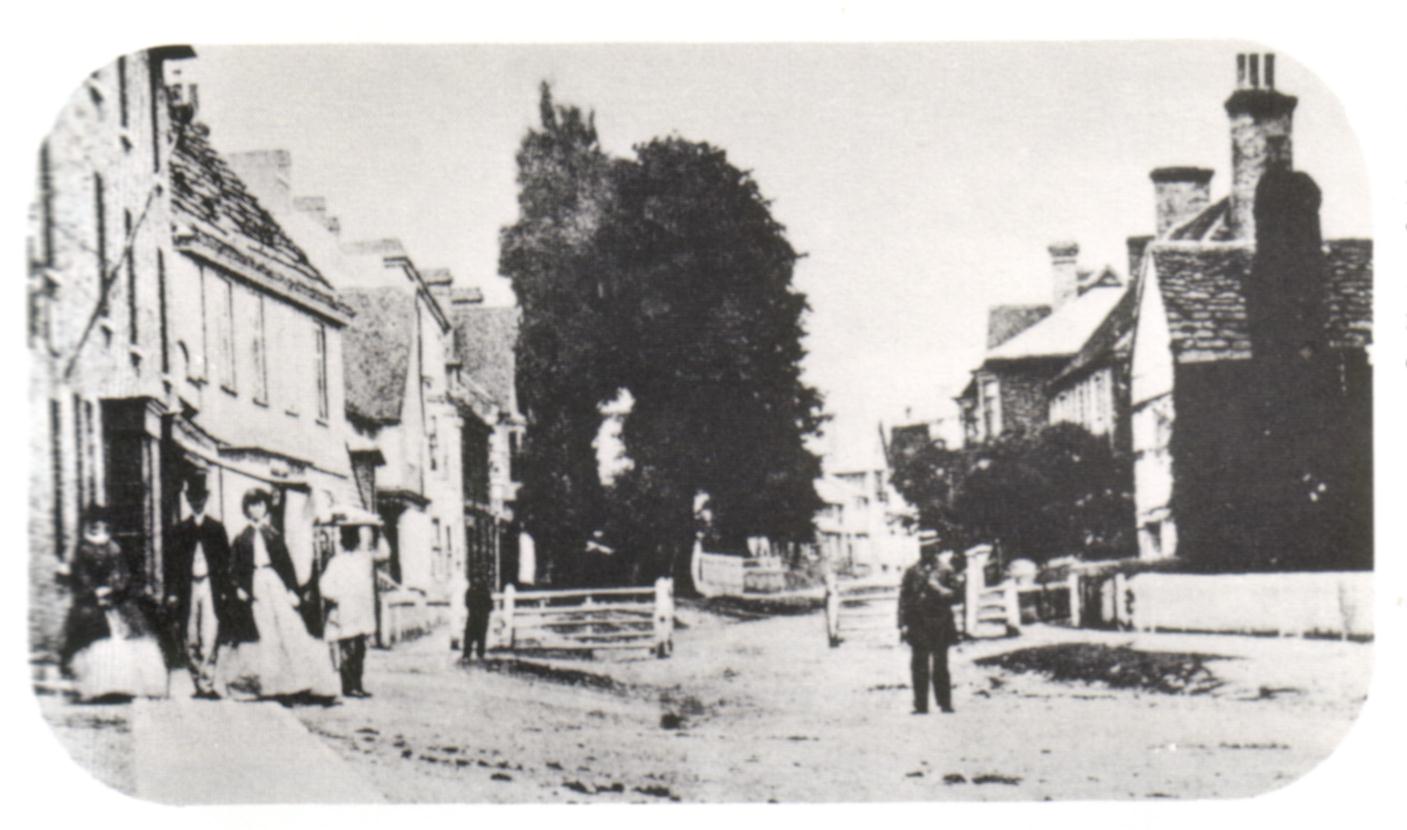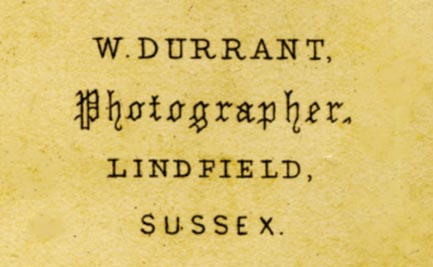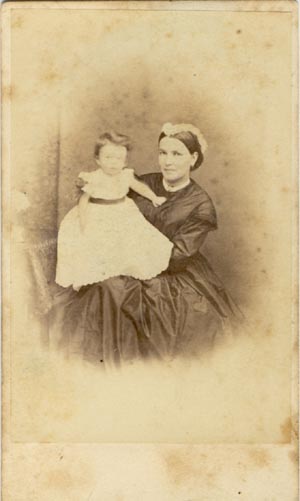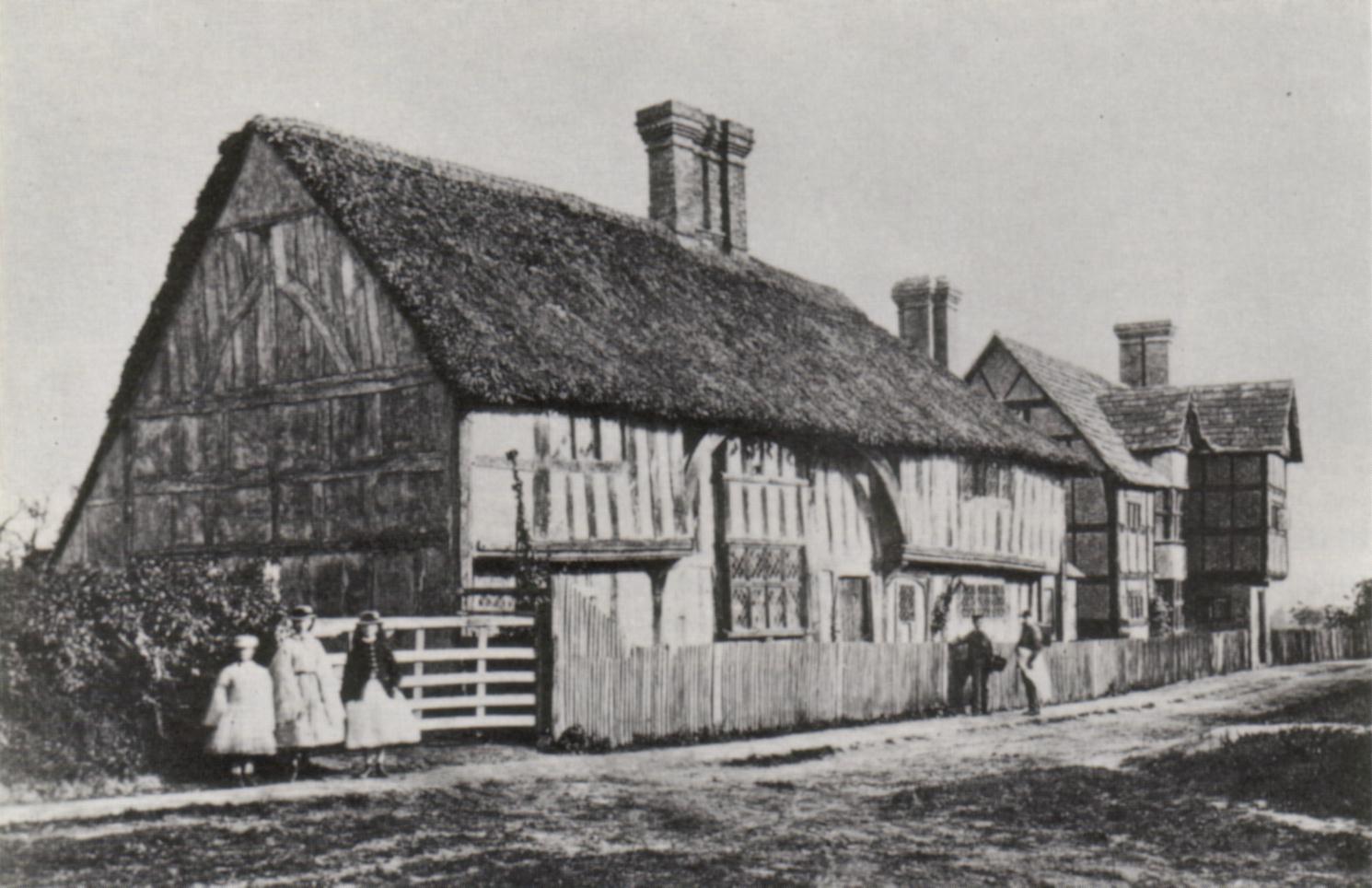| Herbert Edward Tripp Abbott
was born in Lowestoft, Suffolk, in 1860. Herbert was the
youngest son of Louisa Freeman and Edmund Abbott, a tailor
with business premises at 83 High Street, Lowestoft. Edmund Abbott
(born c1815, Lowestoft) had married Louisa Freeman (born c1817,
Lowestoft) in 1846 and this union produced 5 children: Edmund Freeman
Abbott (born 1850), Clara Elizabeth Abbott (born 1851),
Arthur John Abbott (born 1853 - died 1867)), Ernest Robert Abbott
(born 1858) and Herbert Edward Tripp Abbott (born 1860). Next door to his father's tailoring business in the High Street of Lowestoft was a chemist's shop. Herbert Edward Tripp Abbott became an assistant chemist and by the time the 1881 census was taken, Herbert, then aged 20, was working as a 'Chemist's Assistant' in East Barnet, Hertfordshire. By 1891, Herbert Edward Tripp Abbott was running his own chemist's shop in his home town of Lowestoft. White's Gazetteer and Directory of Suffolk for the Year 1891-1892 lists Herbert E. T. Abbott as a 'Chemist' at 31 High Street, Lowestoft. The 1891 census records Herbert Edward Tripp Abbott residing with his widowed father at 86 St Peter's Street, Lowestoft. On the census return, seventy-six year old Edmund Abbott, the Head of Household, is described as a "Retired Tailor". Herbert Abbott, who was 30 years old and unmarried, is recorded on the return as "Chemist & Druggist (Employer)". In 1892, Herbert Edward Tripp Abbott married Sarah Elizabeth Barrett (born 1860, Lowestoft, Suffolk), the daughter of Susannah and Peter Barrett, Sexton & Town Crier of Lowestoft. The couple's first child, a daughter named Kathleen Abbott, was born in Lowestoft in 1893. When Muriel Abbott, Herbert and Sarah Abbott's second daughter, was born in 1897, Herbert Edward Tripp Abbott was living with his family in the Sussex village of Lindfield, near Haywards Heath. A third daughter, Mildred Abbott, was born in Lindfield in 1900. Herbert Edward Tripp Abbott had moved to Lindfield around 1894 to take over the running of a chemist's shop in the village's High Street. The 1901 census records Herbert Edward Tripp Abbott and his wife and children in the High Street of Lindfield. On the census return, Herbert E. T. Abbott is described as a 40 year old "Pharmaceutical Chemist" working on his own account. Herbert Abbott, his wife Sarah and their 3 daughters lived in accommodation attached to Abbott's chemist's shop in High Street, Lindfield. When the next census was taken on 2nd April 1911, Herbert Edward Tripp Abbott was still residing in the 6-roomed house connected to his shop. Living with the chemist was his wife Sarah, and their 3 daughters - Kathleen (aged 17), Muriel (aged 13) and Mildred Abbott (aged 10). On the census return, Herbert Edward Tripp Abbott declared that he was a "Pharmacist - Chemist" by profession and that he conducted his business on his own "at home." In April 1911, Herbert Abbott would have been approaching his 51st birthday, yet although he remarked on the census return that he had "no infirmity, only those of old age", he falsely gave his age as "48". Herbert's wife, Mrs Sarah Elizabeth Abbott, who was born the same year as her husband, similarly knocked 3 years off her real age, stating that she was 47 years old. In addition to running the village's chemists shop, Herbert Edward Tripp Abbott appears to have also served as Lindfield's resident photographer between 1897 and 1914. I have a carte-de-visite in my own collection of photographs which carries the photographer's credit "ABBOTT, High Street, Lindfield". Herbert Abbott travelled as far afield as Horsted Keynes with his camera. In December 1913, Abbott travelled 5 miles to 'Tremans', the 17th Century manor house near Horsted Keynes, the home of Mrs Mary Benson (1841-1918), the widow of Edward White Benson (1829-1896), the former Archbishop of Canterbury. During his visit to 'Tremans', Abbott photographed Mrs Benson's three sons - Arthur Christopher Benson (1862-1925), Master of Magdalene College, the novelist Edward Frederic Benson (1867-1940) and Monsignor Robert Hugh Benson (1871-1914) a Papal Chamberlain. One of the group photographs of the Benson brothers taken that day by Herbert Abbott is now in the collection of the National Portrait Gallery, London. Herbert Edward Tripp Abbott, chemist and druggist and part-time photographer of High Street, Lindfield, Sussex, died in 1931 at the age of 71.
[ABOVE ] The Sussex village of Lindfield pictured in a postcard issued around 1905. Herbert E. T. Abbott operated a chemist's shop in the High Street of Lindfield for nearly 40 years, from around 1894 until his death in 1931. In the centre of the photograph stands the old Tiger Inn (which closed in 1916) and All Saints' Church. |
|



























